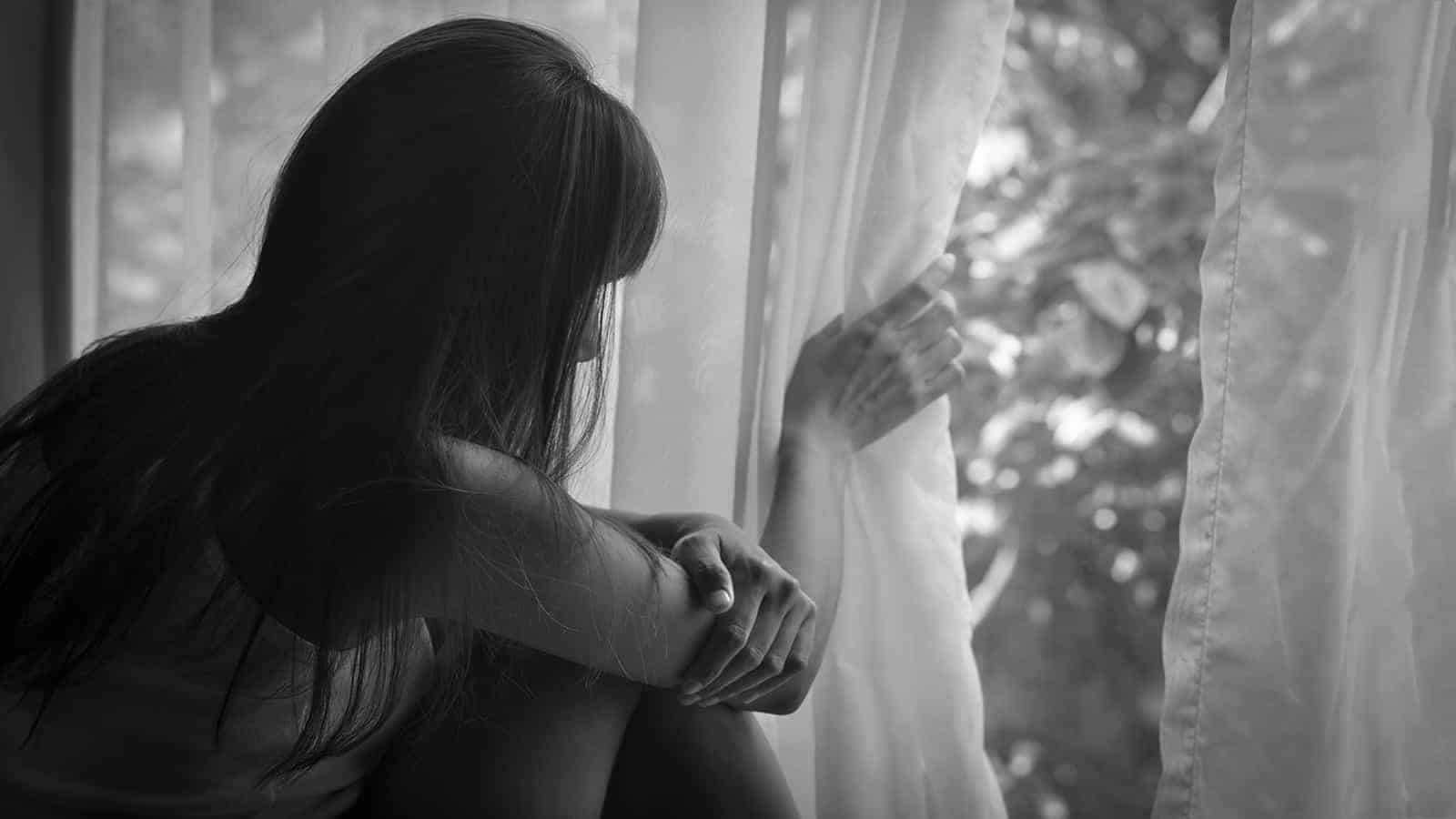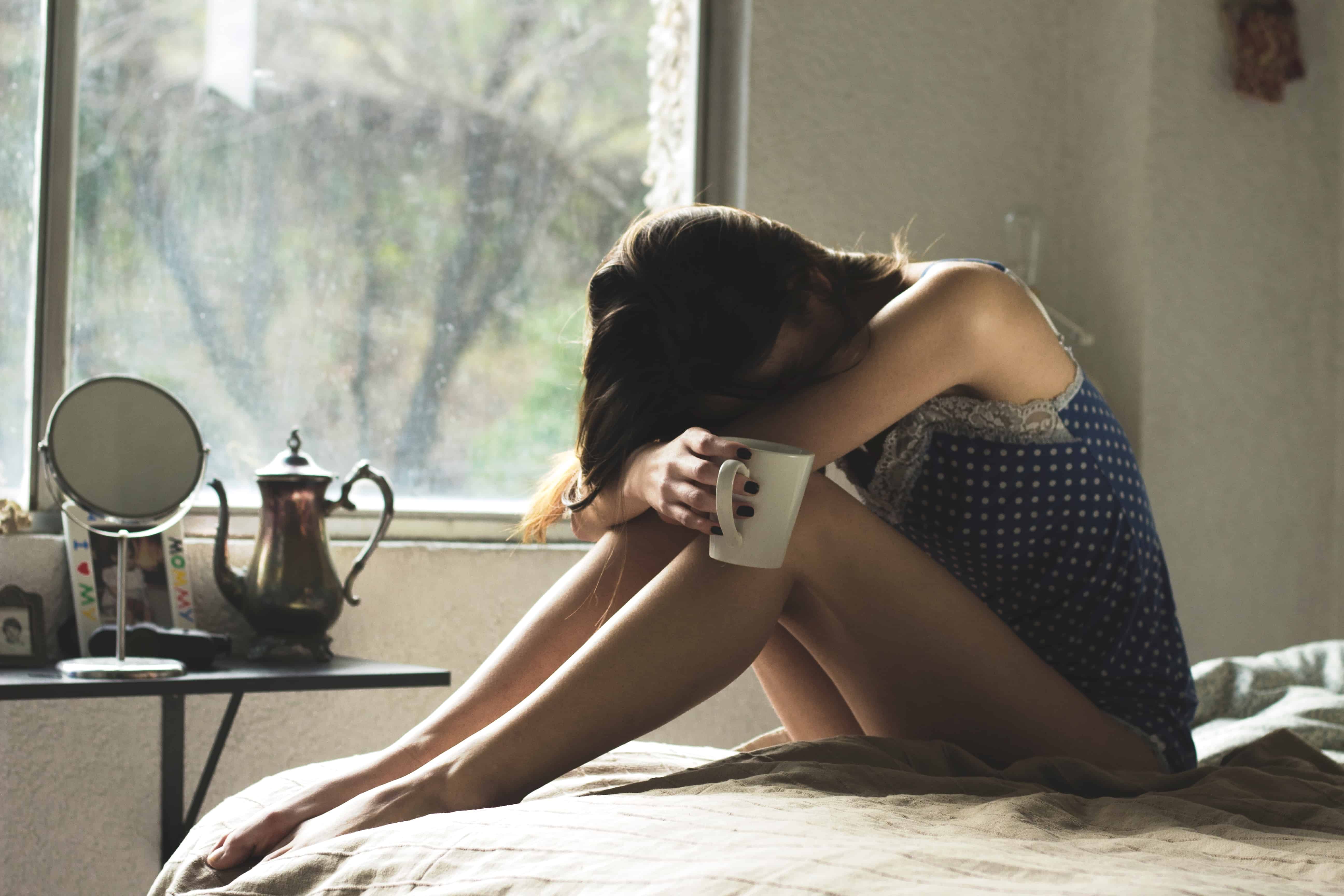Author Ray Bradbury once wrote, “Self-consciousness is the enemy of all art, be it acting, writing, painting, or living itself, which is the greatest art of all.” While social anxiety doesn’t just stem from extreme self-consciousness, the above quote describes one cause of this potentially debilitating disorder. However, those with SA have an extremely difficult time getting their minds to turn off the negative thoughts about their self-image.
Many people suffer from depression around the world as well. Scientists have recently discovered a link between social anxiety disorder and depression. Perhaps this can give those suffering a greater understanding of these disorders so they can learn to overcome them, or at least manage them, a bit better.
To give you an idea of the prevalence of these disorders, here are some statistics about both:
Social Anxiety Disorder
- According to the Anxiety and Depression Association of America, almost 50% of those diagnosed with depression are also diagnosed with an anxiety disorder.
- SAD affects 15 million adults, or 6.8% of the U.S. population.
- SAD occurs equally among men and women and onset is usually around age 13.
- According to a 2007 ADAA survey, 36% of people with social anxiety disorder have symptoms for 10 or more years before seeking help.
- SAD is the second most commonly diagnosed anxiety disorder following specific phobia.
- People with SAD have a higher risk of developing alcohol use disorders as well as major depressive disorder.
Depression
- Approximately 322 million people worldwide suffer from depression.
- It’s the leading cause of disability in the U.S. for people aged 15 to 44.
- MDD (major depressive disorder) is more common in women than men, and typical onset is around age 32.5.
- MDD affects more than 6.7% of the U.S. population, or 16.1 million American adults.
- While there are many different types of depression, MDD is the most common.
Now that you know a little bit about each disorder, we’ll discuss in detail the specifics of each disorder below, and how they’re connected.
What is Social Anxiety?
SAD, or social phobia, is characterized by feeling intense anxiety or fear of being judged negatively or rejected in social situations. People with social anxiety disorder have an overwhelming fear of others noticing their anxiety. It often manifests in the form of blushing, shaking, stumbling over words, appearing awkward in conversation, etc. This fear can grow so intense that they avoid social gatherings altogether in order to reduce their social anxiety.
Typical physical symptoms experienced by those with SAD include a rapid heart rate, nausea, blushing, sweating, upset stomach, and even panic attacks. Many who suffer from this disorder realize that their fear is unreasonable and unfounded. However, they often feel powerless against their mind. Many people who have SAD report extreme shyness in childhood, but social anxiety is a lot more than just feeling shy.
Social anxiety can become completely debilitating for those suffering. For instance, a person with SAD might avoid going to a job interview. The very thought makes them physically sick with worry. Or, they might turn down invitations to hang out with friends because they don’t want others to notice their anxiety. The symptoms can grow so intense that they result in the person retreating to their room and not going out unless absolutely necessary. This can make it impossible for people with SAD to get a job or complete school. They may have few, if any, friendships and no romantic relationships. Even doing errands such as going to the grocery store could seem overwhelming.
Fewer than 5% of people with social anxiety seek treatment within the first year of experiencing symptoms.
What is Depression?
Though most people know about depression in today’s world, it’s still worth going over the symptoms and causes. While there isn’t much evidence that anxiety causes depression or vice versa, studies have found that many people suffer from both.
Major depression may include at least five of the following symptoms:
- Persistent sad, anxious or “empty” mood
- Feelings of hopelessness and/or pessimism
- Feelings of guilt, worthlessness, and helplessness
- Loss of interest or pleasure in hobbies and activities
- Decreased energy, fatigue, and feeling “slowed down”
- Difficulty concentrating, remembering, or making decisions
- Insomnia, early-morning awakening, or oversleeping
- Low appetite and weight loss, or overeating and weight gain
- Thoughts of death or suicide; suicide attempts
- Restlessness and irritability
- Persistent physical symptoms that do not respond to treatment, such as headaches, digestive disorders and pain for which no other cause can be diagnosed.
Depression is believed to occur due to a combination of genetics, biology, environment, and psychological factors. Both social anxiety and depression have shown great success in treatments such as medications, therapy, and lifestyle changes.
So, what is the link between social anxiety and depression?
In a new study by psychologists at Washington University in St. Louis, led by Julia Langer (2019), researchers found a significant overlap between the two disorders. Psychologists developed a causal network to connect the symptoms and found that people showing symptoms of depression can have “bridge symptoms” that lead to social anxiety, and vice versa.
According to Langer, SAD and depression can cause significant impairment if an individual suffers from both. Before this study, most researchers simply looked at the causes of each disorder, but not the underlying symptoms. Psychologists in this study wanted to get to the root of each disorder so people can find the best treatment options.
The psychologists developed a statistical model to link social anxiety and depression. They then examined where the two disorders overlapped. As stated before, they called the overlapping symptoms “bridge symptoms.” In the study, researchers stated that “a bridge symptom can be conceptualized as a stepping-stone in a pathway from one disorder to another; the presence of this symptom increases the likelihood that an individual will develop the secondary disorder” (p. 532).
When you consider the bridge between the two disorders, you can see how the social anxiety symptom of fearing the company of others would cause a depression symptom of feeling withdrawn, for instance. The fear of being negatively judged by others might also cause insomnia, which is a symptom of depression.
The Seven Nodes Connecting Social Anxiety and Depression
To test their theory, Langer and her colleagues gathered 130 women between the ages of 18 and 59. These women had diagnoses of both social anxiety disorder and major depressive disorder. The women were measured on their levels of social phobia, anxiety, depression, and a modified version of the Five Factor Inventory, which measures personality traits such as neuroticism and extroversion.
Taking data from all of this, the researchers then connected symptoms of social anxiety and depression using “nodes.” The seven nodes they identified were:
- Anxiety when in an embarrassing situation with a specific person (an authority figure, a stranger, or a possible romantic figure).
- Anxiety when having to speak in front of a specific other person (same categories as above).
- Intensity of feelings of depression.
- Inability to feel happy, as shown by not being able to laugh easily or to feel cheerful.
- Feelings of worthlessness.
- Irritability.
- Unstable mood, such as feeling that you’re “going to pieces” when you’re under a great deal of stress.
The Primary Bridge Symptom: Worthlessness
When studying links between the two disorders, researchers identified associations among irritability, feelings of worthlessness, mood instability, depressed mood, positive affect, social avoidance, and social fear. However, the main bridge symptom among all these was feelings of worthlessness. Surprisingly, they found that social fear and depression, the two key components of each disorder, did not have a strong connection. However, worthlessness related to both disorders since it can cause social fear and a depressed mood.
They could not identify which disorder caused the other, though. They stated that it might differ from person to person. For example, one person’s social anxiety could cause their depression, but the cause-and-effect relationship might be completely opposite in someone else. They believe feelings of worthlessness could trigger the other symptoms in each disorder, however.
In conclusion, the psychologists at Washington University suggest that people seeking therapy for either disorder should try to focus on specific symptoms of the disorder rather than the big picture. In other words, the treatment might be more successful if therapists and psychiatrists can tackle a smaller problem rather than a complex set of problems. This way, the patient can learn coping mechanisms for each symptom. This will help them tackle the entire disorder in a more proactive and manageable way. Researchers say that “targeting a symptom that appears at the center of the network may facilitate reductions in symptoms of both disorders” (p. 537). In the case of social anxiety and depression, worthlessness should be the main symptom to work on since it bridges both disorders.
Final thoughts
Scientists study mental disorders extensively so they can learn better ways to treat them. Any advancement in this field comes as welcome news for those suffering. We hope this study can help you on your journey to better mental health. Remember that it’s never too late to seek help for a mental disorder. You deserve to live a life free of suffering.














 Community
Community

